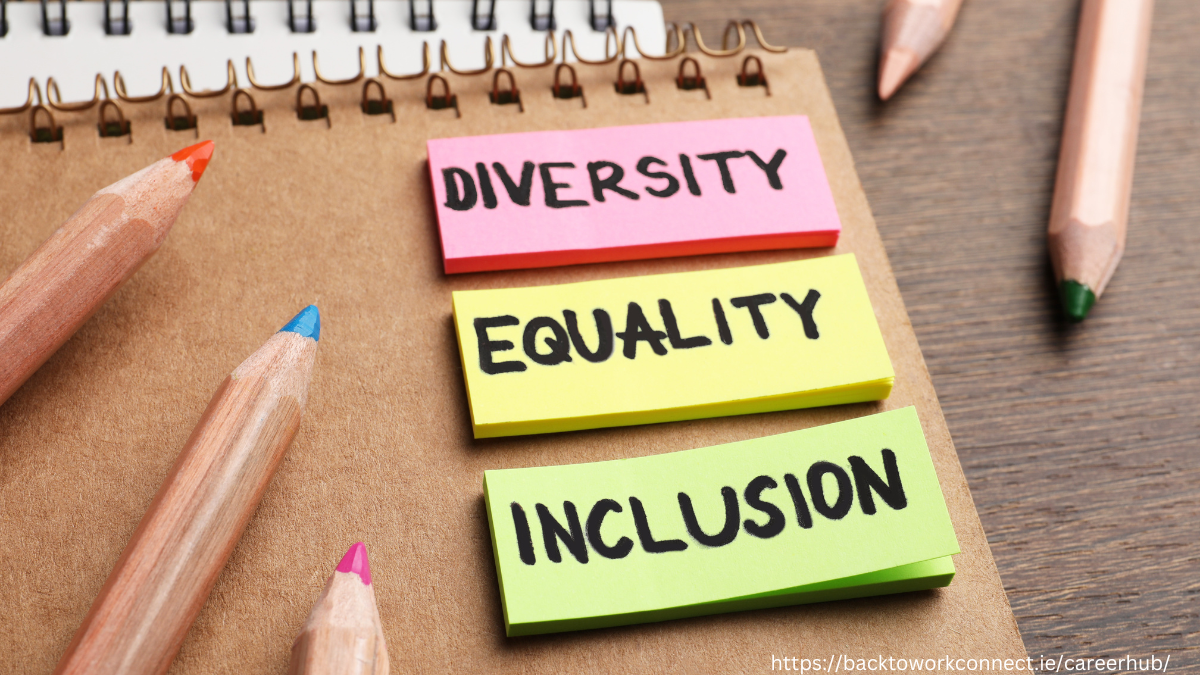It may seem like common sense but using gender-inclusive language in your organisations job descriptions ensures that all potential candidates feel welcomed and valued regardless of their gender identity.
Gender-inclusive language avoids bias towards a particular sex or gender and promotes equality and diversity in the workplace.
Here are some ways for incorporating gender-inclusive language into your organisations job descriptions:
Use Gender-Neutral Job Titles
Replace gender-specific titles (e.g., “salesman,” “waitress”) with neutral ones (e.g., “salesperson,” “server”).
Avoid Gendered Pronouns
Use “they/them” instead of “he/she” or alternate with “he or she.” For example, “The candidate will demonstrate their ability to lead” instead of “The candidate will demonstrate his ability to lead.”
Eliminate Gender-Coded Words
Certain words may subtly indicate a preference for a specific gender. Words like “assertive,” “dominant,” or “competitive” can be perceived as masculine, while words like “supportive,” “nurturing,” or “understanding” may be seen as feminine. Use balanced language that appeals to all genders.
Focus on Skills and Qualifications
Emphasise the skills, experience, and qualifications necessary for the job without implying that these qualities are tied to a specific gender.
Inclusive Company Culture
Highlight the company’s commitment to diversity and inclusion. Mention any specific initiatives or policies that support an inclusive workplace.
Equal Opportunity Statement
Include an equal opportunity employer statement to reassure candidates that the company values diversity and does not discriminate based on gender, among other characteristics.
Balancing gender-inclusive language while encouraging more women to apply can be achieved by carefully crafting the job description to be inclusive, yet subtly highlight an environment supportive of women.
Here are some words and phrases you can use:
Opportunity: Highlight the return to work as an opportunity for personal and professional growth.
Support: Assure them of support systems in place to help ease the transition back to the workforce.
Flexibility: Emphasis the flexibility of the work environment to accommodate their needs.
Skills: Recognise and value the skills they bring, gained from both their previous work experience and time away.
Balance: Stress the importance of work-life balance and how the workplace accommodates it.
Community: Emphasise the sense of belonging and community within the workplace.
Progression: Highlight opportunities for career progression and advancement.
Impact: Illustrate how their return to work can make a positive impact, both personally and professionally.
Confidence: Encourage them to have confidence in their abilities and the value they bring to the workplace.
By adopting these practices, job descriptions can attract a broader range of applicants and foster a more inclusive workplace.
If you would like to hear more about creating Returner Friendly recruitment policies you can contact our team at info@backtoworkconnect.ie





